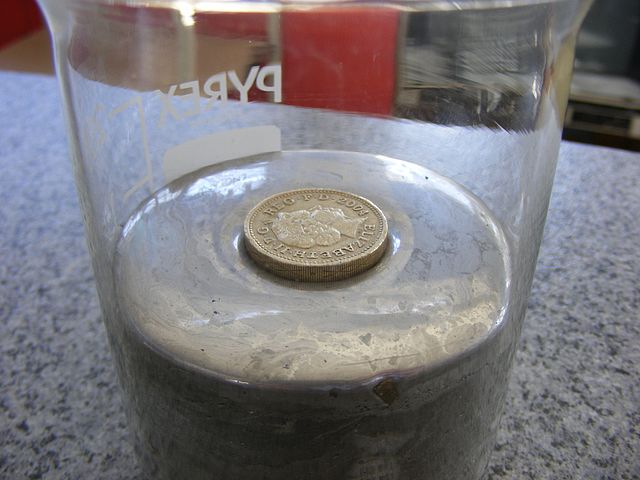A buoy is a floating device that can have many purposes. It can be anchored (stationary) or allowed to drift with ocean currents.
Buoy with solar panels and LED light
Green can #11 near the mouth of the Saugatuck River (IALA region B).
Green Can #11 on a nautical chart
NOAA Weather buoy
Buoyancy, or upthrust, is a gravitational force, a net upward force exerted by a fluid that opposes the weight of a partially or fully immersed object. In a column of fluid, pressure increases with depth as a result of the weight of the overlying fluid. Thus, the pressure at the bottom of a column of fluid is greater than at the top of the column. Similarly, the pressure at the bottom of an object submerged in a fluid is greater than at the top of the object. The pressure difference results in a net upward force on the object. The magnitude of the force is proportional to the pressure difference, and is equivalent to the weight of the fluid that would otherwise occupy the submerged volume of the object, i.e. the displaced fluid.
A metallic coin (an old British pound coin) floats in mercury due to the buoyancy force upon it and appears to float higher because of the surface tension of the mercury.
A duck has difficulties to get under water due to its buoyancy. When no swimming forces are implied, the natural equilibrium of forces keeps about half of the duck off water.
Density column of liquids and solids: baby oil, rubbing alcohol (with red food colouring), vegetable oil, wax, water (with blue food colouring) and aluminium.







